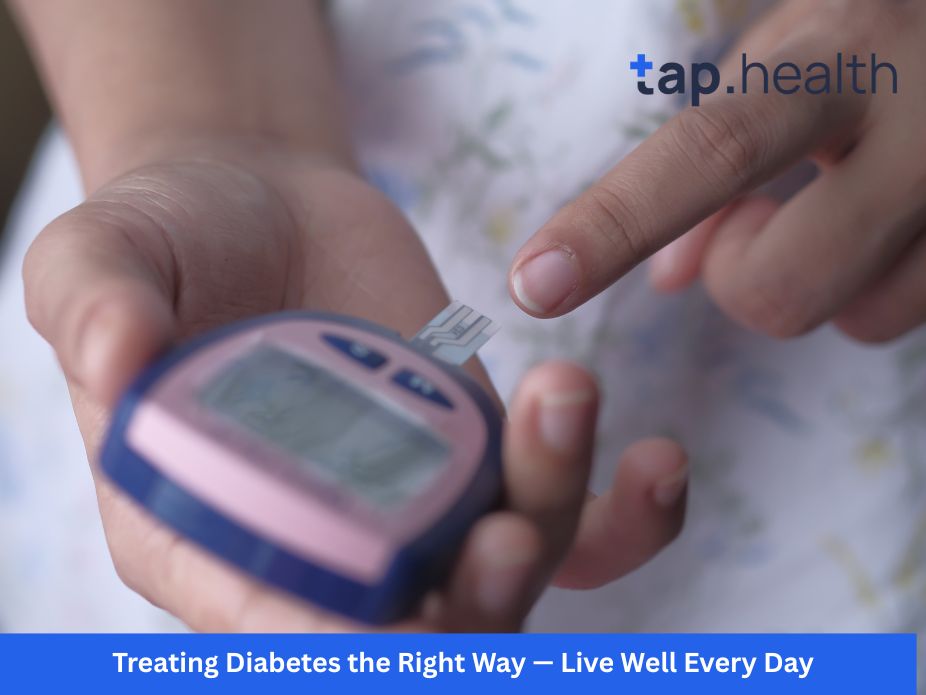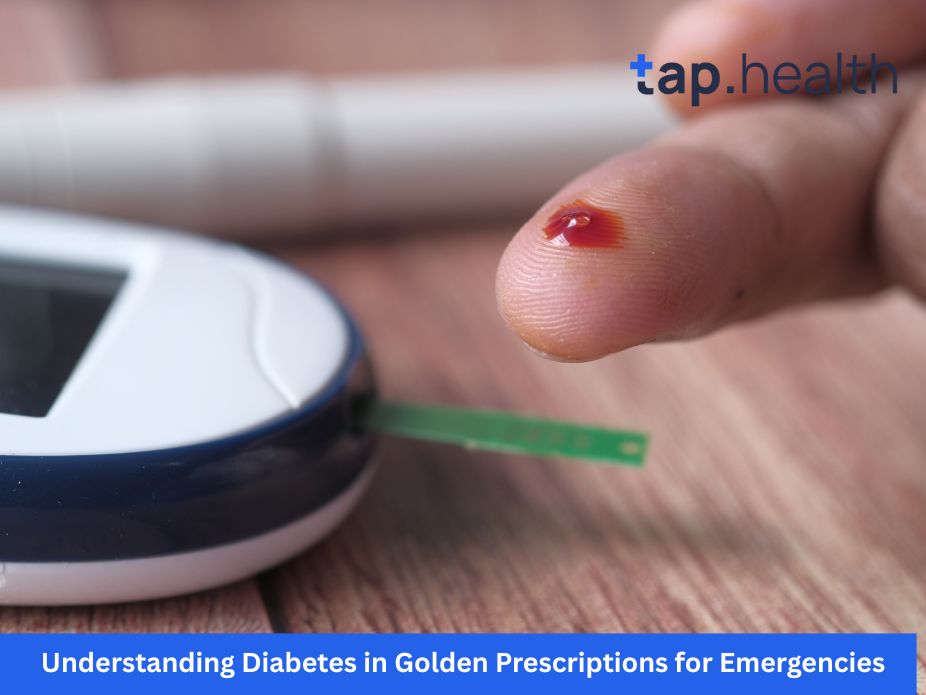Diabetes is a serious condition that requires consistent, good-quality healthcare. At the same time, the day-to-day choices you make are central to managing your condition. While there is currently no cure for diabetes, it can be managed very successfully — enabling you to live your normal day-to-day life.
Lifestyle Changes Are Fundamental
Managing diabetes usually involves important changes in your lifestyle — and these changes bring significant health benefits. Eating well, becoming more physically active, maintaining a healthy weight, and avoiding smoking all help to reduce your risk of complications from diabetes.
Medication for Diabetes
If lifestyle measures alone are not enough to achieve good blood glucose control, your healthcare team will discuss the most appropriate medications for you. These medications will not cure your diabetes, but they do help relieve symptoms, lower elevated blood glucose levels and reduce the risk of long-term complications.
It is essential to remember: taking medication is not a substitute for diet and physical activity — you will still need to maintain healthy eating and movement habits. Also, if your treatment is increased or changed, it is not a sign that your diabetes is “getting worse”; it simply means your healthcare team are working with you to optimise your management.
Insulin Treatment
For all people with Type 1 diabetes, insulin is required. And for some people with Type 2 diabetes — even if they have already been taking tablets or other medications — insulin may eventually become necessary.
Insulin cannot be taken orally (in a tablet form) because, being a protein, it would be digested in the stomach before it could work. Instead, it is given as an injection under the skin (subcutaneously) in areas such as the stomach, thighs, buttocks or upper arms. From there it is absorbed into small blood vessels and travels into the bloodstream.
There are several types of insulin, which differ in how quickly they begin to act (“onset”), when they reach maximum effect (“peak”), and how long they last (“duration”). CDC+2American Diabetes Association+2
Some common types:
- Rapid-acting insulin: begins to work about 15 minutes after injection, peaks around 1 hour and lasts for 2-4 hours. American Diabetes Association+1
- Short-acting (regular) insulin: takes effect in ~30 minutes, peaks in ~2-3 hours, lasts ~3-6 hours. American Diabetes Association+1
- Intermediate-acting insulin: onset ~2-4 hours, peak ~4-12 hours, duration ~12-18 hours. American Diabetes Association
- Long-acting insulin: reaches bloodstream in a few hours and maintains more constant glucose-lowering over ~24 hours (or more with newer forms) and generally has no pronounced “peak”. NIDDK+1
Your healthcare team will help you choose the type(s) of insulin and the schedule that suit your lifestyle, food habits and blood glucose patterns. It’s also common for people to mix different types of insulin (for example a long-acting basal insulin plus rapid-acting insulin at meals) to achieve good control. American Diabetes Association+1
Final Note
Treating diabetes is a partnership: you and your healthcare team. Medications and insulin are important tools — but they don’t replace healthy lifestyle habits. Staying active, eating wisely, monitoring your blood glucose and keeping regular appointments will help you live well with diabetes.


